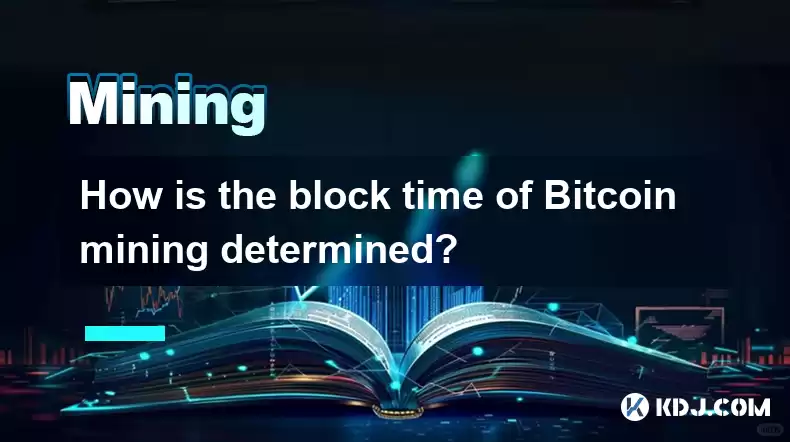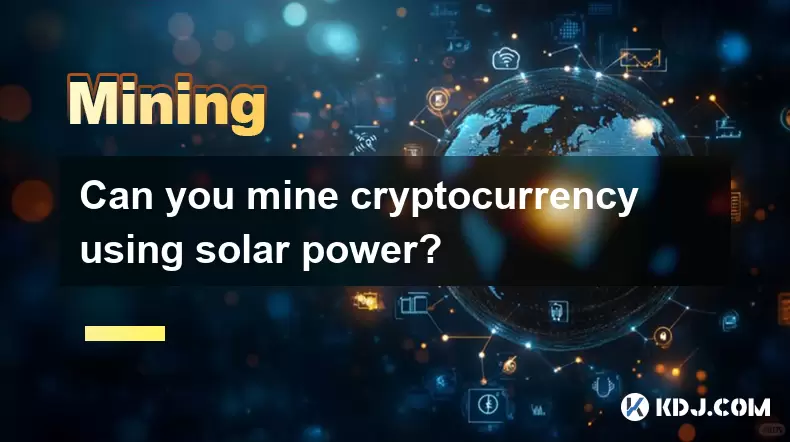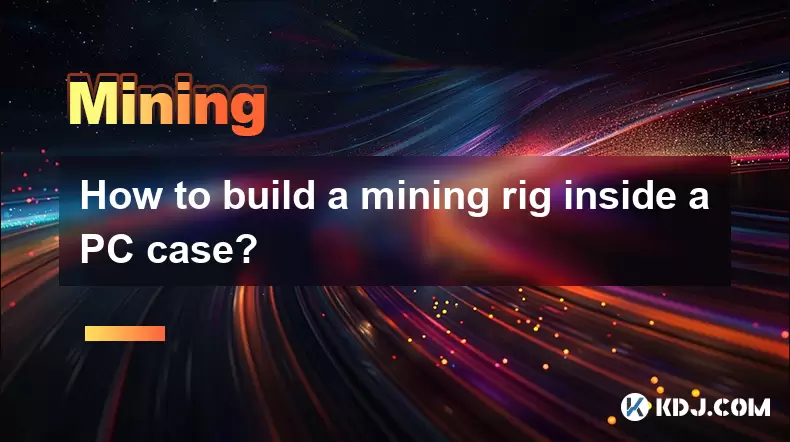-
 Bitcoin
Bitcoin $117500
2.15% -
 Ethereum
Ethereum $3911
6.19% -
 XRP
XRP $3.316
10.79% -
 Tether USDt
Tether USDt $1.000
0.01% -
 BNB
BNB $787.2
2.24% -
 Solana
Solana $175.2
4.15% -
 USDC
USDC $0.9999
0.00% -
 Dogecoin
Dogecoin $0.2225
8.40% -
 TRON
TRON $0.3383
0.28% -
 Cardano
Cardano $0.7868
6.02% -
 Stellar
Stellar $0.4382
9.34% -
 Hyperliquid
Hyperliquid $40.92
7.56% -
 Sui
Sui $3.764
7.63% -
 Chainlink
Chainlink $18.48
10.66% -
 Bitcoin Cash
Bitcoin Cash $582.1
1.88% -
 Hedera
Hedera $0.2601
6.30% -
 Avalanche
Avalanche $23.33
4.94% -
 Ethena USDe
Ethena USDe $1.001
0.02% -
 Litecoin
Litecoin $122.3
2.04% -
 UNUS SED LEO
UNUS SED LEO $8.969
-0.27% -
 Toncoin
Toncoin $3.339
0.86% -
 Shiba Inu
Shiba Inu $0.00001287
4.30% -
 Uniswap
Uniswap $10.43
7.38% -
 Polkadot
Polkadot $3.861
5.08% -
 Dai
Dai $1.000
0.02% -
 Bitget Token
Bitget Token $4.513
3.41% -
 Monero
Monero $267.7
-6.18% -
 Cronos
Cronos $0.1499
4.14% -
 Pepe
Pepe $0.00001110
5.15% -
 Aave
Aave $284.9
8.28%
How is the block time of Bitcoin mining determined?
Bitcoin's block time, while aiming for 10 minutes, fluctuates due to a difficulty adjustment mechanism responding to mining hash rate and network congestion. This dynamic balance ensures network security and transaction speed.
Mar 16, 2025 at 02:20 pm

Key Points:
- Bitcoin's block time is not fixed but targets 10 minutes.
- This target is achieved through a difficulty adjustment mechanism.
- Mining hash rate, and thus miner competition, directly influences block time.
- Network congestion can indirectly affect block times.
- Understanding the interplay of these factors is crucial for comprehending Bitcoin's block generation process.
How is the Block Time of Bitcoin Mining Determined?
Bitcoin's design aims for a consistent block generation rate of approximately one block every 10 minutes. However, this is not a fixed value. The actual time between blocks fluctuates, sometimes being shorter and sometimes longer. This variability is inherent to the system's self-regulating mechanism.
The core of this mechanism lies in the concept of "difficulty." The difficulty dynamically adjusts the computational effort required to solve the cryptographic puzzle necessary to mine a block. This adjustment happens approximately every two weeks (2016 blocks). The algorithm analyzes the time taken to generate the previous 2016 blocks.
If the previous 2016 blocks were mined faster than the 10-minute target, the difficulty increases. This makes it harder for miners to solve the puzzle, lengthening the time to find the next block. Conversely, if the previous 2016 blocks took longer than 10 minutes to mine, the difficulty decreases, making it easier for miners to find the next block and shortening the average block time.
This difficulty adjustment mechanism acts as a negative feedback loop, keeping the average block time close to the 10-minute target over the long term. However, short-term fluctuations are normal and expected.
The hash rate, or the total computational power dedicated to Bitcoin mining, significantly impacts the actual block time. A higher hash rate means more miners are competing to solve the puzzle, leading to shorter block times. Conversely, a lower hash rate results in longer block times. This is because a higher hash rate increases the probability of a block being found within a shorter time frame.
While the difficulty adjustment targets a 10-minute block time, other factors can subtly influence the actual time. Network congestion, for instance, can slightly affect block propagation. A congested network might delay the dissemination of a newly mined block, making it appear as if the block time is longer than it actually is. This is because miners need to know about a new block before they start working on the next one. Slow propagation doesn't alter the mining difficulty but does affect the overall perceived block generation time.
The process of Bitcoin mining itself involves several steps:
- Transaction Verification: Miners collect pending transactions into a block.
- Block Header Creation: A header is created containing details about the transactions.
- Hashing: Miners perform computationally intensive hashing operations.
- Finding a Solution: The goal is to find a hash that meets the current difficulty target.
- Block Broadcasting: Once a solution is found, the miner broadcasts the block to the network.
- Block Addition to Blockchain: Other nodes verify and add the block to the blockchain.
The time taken for each of these steps, particularly the hashing step, directly affects the overall block time. The longer the hashing step takes, the longer the block time will be.
The 10-minute target is a crucial parameter in Bitcoin's design. It balances the need for fast transaction confirmations with the security provided by a decentralized network. A shorter block time could lead to reduced security, while a longer block time could compromise transaction speed. The dynamic difficulty adjustment mechanism ensures that Bitcoin maintains a balance between these two competing needs.
Frequently Asked Questions:
Q: What happens if the block time consistently deviates significantly from 10 minutes?
A: While short-term fluctuations are normal, sustained large deviations indicate a problem. A consistently shorter block time might point to an excessively high hash rate, potentially leading to concerns about network centralization. A consistently longer block time could indicate a low hash rate, potentially increasing transaction confirmation times. The difficulty adjustment mechanism is designed to correct these deviations over time.
Q: Can miners manipulate the block time?
A: Individual miners cannot manipulate the block time. The difficulty adjustment mechanism, coupled with the decentralized nature of the network, prevents any single entity from significantly influencing the average block generation time. While a miner might find a block slightly faster or slower than average, this effect is negligible in the broader context of the entire network's activity.
Q: How does the difficulty adjustment algorithm precisely calculate the new difficulty?
A: The algorithm uses a relatively simple formula. It compares the time taken to mine the last 2016 blocks to the expected time (2016 blocks * 10 minutes). The ratio between the actual and expected times determines the factor by which the difficulty is adjusted. This factor is then multiplied by the current difficulty to get the new difficulty. The precise formula is publicly available and part of the Bitcoin protocol.
Q: Does the block time affect transaction fees?
A: Indirectly, yes. Higher network congestion (often leading to longer block times) increases competition for block inclusion, thereby driving up transaction fees as users compete to have their transactions prioritized. Lower network congestion (potentially shorter block times) generally leads to lower transaction fees. The block time itself isn't directly priced into the fee, but the underlying conditions that impact the block time affect the fee market.
Disclaimer:info@kdj.com
The information provided is not trading advice. kdj.com does not assume any responsibility for any investments made based on the information provided in this article. Cryptocurrencies are highly volatile and it is highly recommended that you invest with caution after thorough research!
If you believe that the content used on this website infringes your copyright, please contact us immediately (info@kdj.com) and we will delete it promptly.
- Tron's Sell-Off Spurs Altcoin Shift: What's Next for TRX?
- 2025-08-08 08:30:12
- Sleep Token's US Takeover: Thornhill Rides the 'Even In Arcadia' Wave
- 2025-08-08 08:30:12
- FTT Token's Wild Ride: Creditor Repayments vs. Market Drop - A New Yorker's Take
- 2025-08-08 07:10:12
- Floki Crypto Price Prediction: Riding the Robinhood Rocket or Just a Meme?
- 2025-08-08 07:15:12
- EigenLayer, Restaking, and Ethereum: Navigating the Hype and the Hazards
- 2025-08-08 06:30:12
- Super Bowl 59: Jon Batiste to Jazz Up the National Anthem
- 2025-08-08 06:30:12
Related knowledge

What is "proof-of-work" and how does it relate to mining?
Aug 07,2025 at 02:03pm
Understanding the Concept of Proof-of-WorkProof-of-work (PoW) is a consensus mechanism used in blockchain networks to validate transactions and secure...

What are the differences between mining on Windows vs. Linux?
Aug 06,2025 at 11:29pm
Overview of Cryptocurrency Mining PlatformsCryptocurrency mining involves using computational power to solve complex cryptographic puzzles and validat...

How to use an old computer for cryptocurrency mining?
Aug 07,2025 at 12:42pm
Understanding the Feasibility of Using an Old Computer for MiningUsing an old computer for cryptocurrency mining may seem outdated, but it is still te...

Can you mine cryptocurrency using solar power?
Aug 07,2025 at 12:00am
Understanding the Basics of Cryptocurrency MiningCryptocurrency mining involves validating transactions on a blockchain network by solving complex cry...

How to build a mining rig inside a PC case?
Aug 06,2025 at 11:01pm
Understanding the Basics of a Mining Rig in a PC CaseBuilding a mining rig inside a PC case involves transforming a standard computer chassis into a d...

What are the best cryptocurrencies to mine with an ASIC?
Aug 08,2025 at 01:22am
Understanding ASIC Mining and Its Role in CryptocurrencyASIC stands for Application-Specific Integrated Circuit, a specialized hardware designed to pe...

What is "proof-of-work" and how does it relate to mining?
Aug 07,2025 at 02:03pm
Understanding the Concept of Proof-of-WorkProof-of-work (PoW) is a consensus mechanism used in blockchain networks to validate transactions and secure...

What are the differences between mining on Windows vs. Linux?
Aug 06,2025 at 11:29pm
Overview of Cryptocurrency Mining PlatformsCryptocurrency mining involves using computational power to solve complex cryptographic puzzles and validat...

How to use an old computer for cryptocurrency mining?
Aug 07,2025 at 12:42pm
Understanding the Feasibility of Using an Old Computer for MiningUsing an old computer for cryptocurrency mining may seem outdated, but it is still te...

Can you mine cryptocurrency using solar power?
Aug 07,2025 at 12:00am
Understanding the Basics of Cryptocurrency MiningCryptocurrency mining involves validating transactions on a blockchain network by solving complex cry...

How to build a mining rig inside a PC case?
Aug 06,2025 at 11:01pm
Understanding the Basics of a Mining Rig in a PC CaseBuilding a mining rig inside a PC case involves transforming a standard computer chassis into a d...

What are the best cryptocurrencies to mine with an ASIC?
Aug 08,2025 at 01:22am
Understanding ASIC Mining and Its Role in CryptocurrencyASIC stands for Application-Specific Integrated Circuit, a specialized hardware designed to pe...
See all articles

























































































